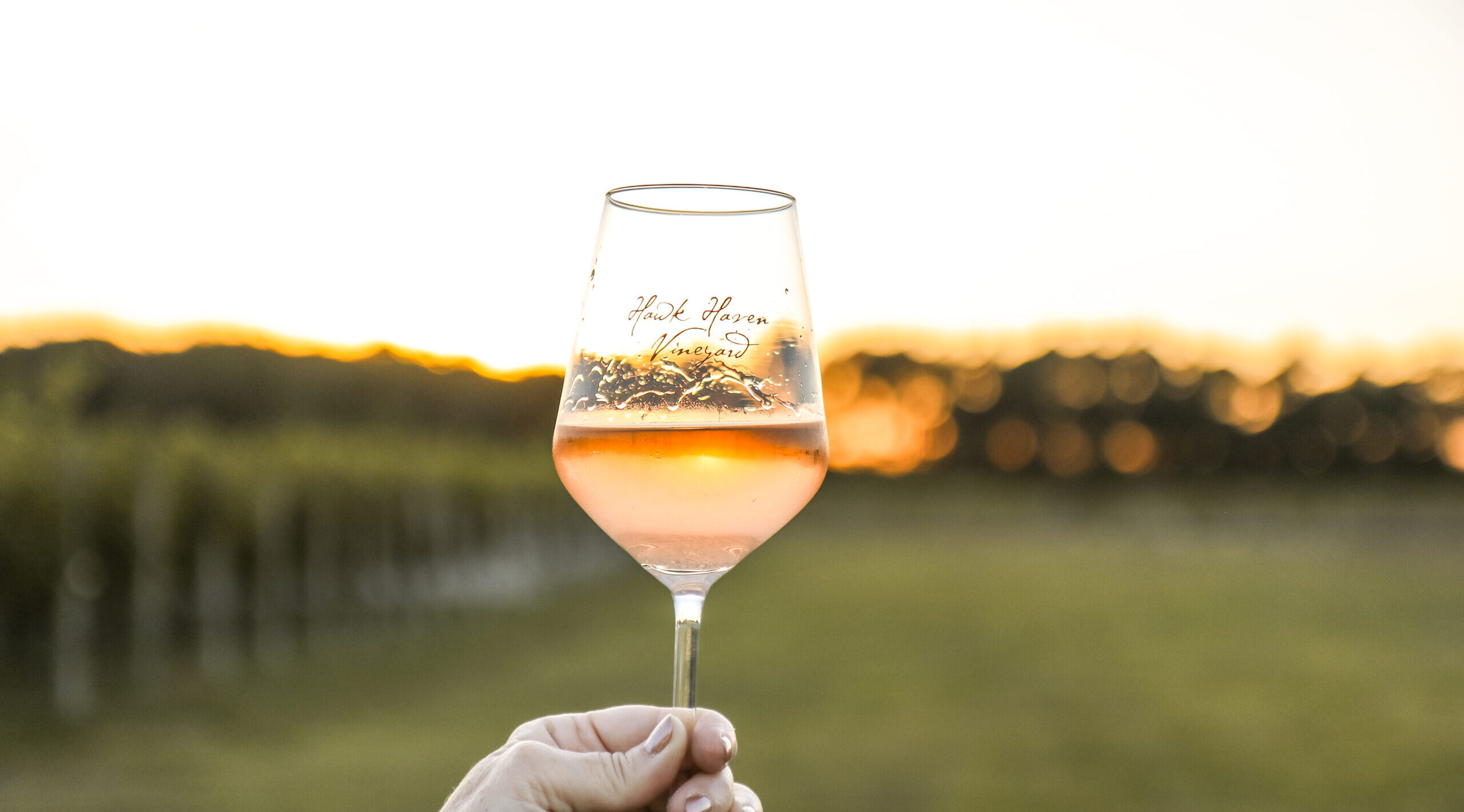Storing wine properly can make or break a bottle. Serving wine at the proper temperature can also greatly impact your experience enjoying it. In this week’s Wine Wednesday, we’ll explore the best way to store wine, serve wine, and how long to save wine after its been opened.
Storing – Temperature, Light, Humidity, Positioning
The ideal temperature for storing wine is between 45-65°F, with 55°F being almost perfect. It’s best to avoid long-term storage where temperatures exceed 70 degrees, as the aromas can start to change. Don’t store bottles in the refrigerator for long periods of time either, since most refrigerators are set well below 45°F. Additionally, the lack of moisture in refrigerators can dry out corks, allowing air into the bottle. Sunlight is an enemy of wine, so store your wine away from direct sunlight. Think about a cave – cool, damp, and dark. Lastly, if your bottle has a cork, store it on its side to keep the cork from drying out. If you have tannic red wines, storing on the side will also help settle the sediment (which is harmless but most people don’t like it in their glass).
Ideal Serving Temperatures
Serving white wine straight out of the fridge and red wine at room temperature is fine, but not ideal. Here are some general guidelines for different types of wines:
- Fruity sparkling wine: 41-45° (up to two hours in the fridge)
- Champagne: 45-50°F
- Light, dry whites (ex. Pinot Grigio, Sauvignon Blanc, Riesling): 45-49°F (refrigerate about 90 minutes before serving)
- Full bodied whites (ex. Chardonnay, Albariño, Viognier): 50-55°F (refrigerate one hour before serving) The less oaky the wine, the colder it should be.
- Rosé: 48-55°F (refrigerate about one hour before serving)
- Lighter rosés: 45-49°F (refrigerate about 90 minutes before serving)
- Light to medium bodied reds (ex. Pinot Noir, Grenache, Cabernet Franc): 54-60°F (refrigerate about 45 to 60 minutes before serving)
Lastly, full-bodied reds and port should be served between 60-65°F. This range is just cooler than room temperature, and warmer than cellar temperature. The slightly cooler temperature helps de-emphasize bitter components and highlight tannins. A quick 25 minutes in the fridge will help chill this right down. Pull any wines from the cellar out for about 30 minutes to warm up and hit the ideal.
Can you Save Wine After Opening It?

Wine is a fleeting experience – once you open a bottle, that bottle and experience can never be enjoyed the same way again. We’ve heard there are people out there that open a bottle of wine and don’t finish it. Shocking, I know! But it’s okay, wine can still be enjoyed a day or so after opened. Sparkling wine will start to lose those bubbles once it’s opened, but can last about a day in the refrigerator when properly re-sealed to keep the carbonation in. Light white wine, sweet wine, and rosé can last 5-7 days in the fridge with a cork; full bodied whites should be ok for about 2-5 days in the fridge with a cork. Red wine can last 3-5 days in a cool, dark place with a cork. Ultimately it’s best to enjoy the bottles the same day they’re opened (responsibly of course), but it’s not the end of the world if you don’t.
Stock Up with Hawk Haven Wines
Our tasting room staff is always more than happy to answer any questions you have about storing and serving wine. Come in soon to try your new favorites to stock up!
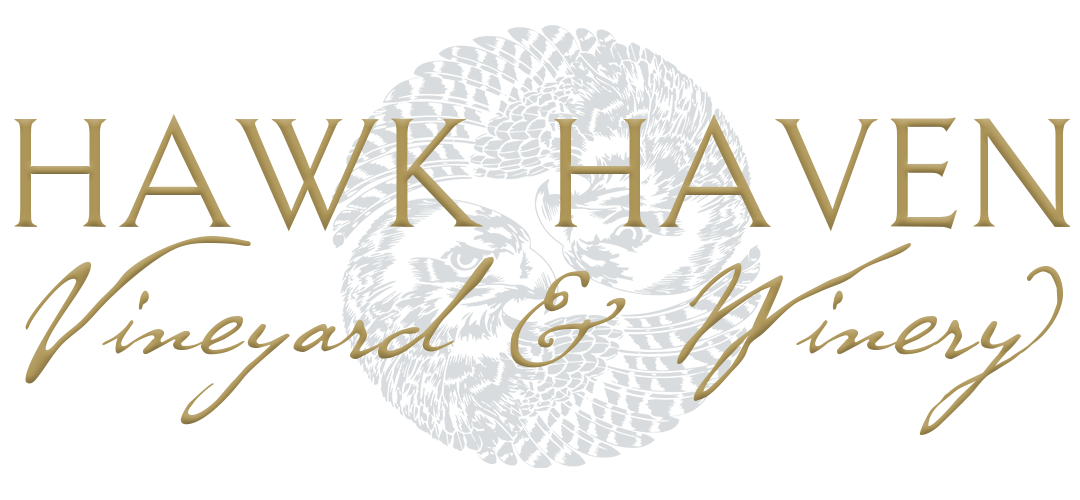

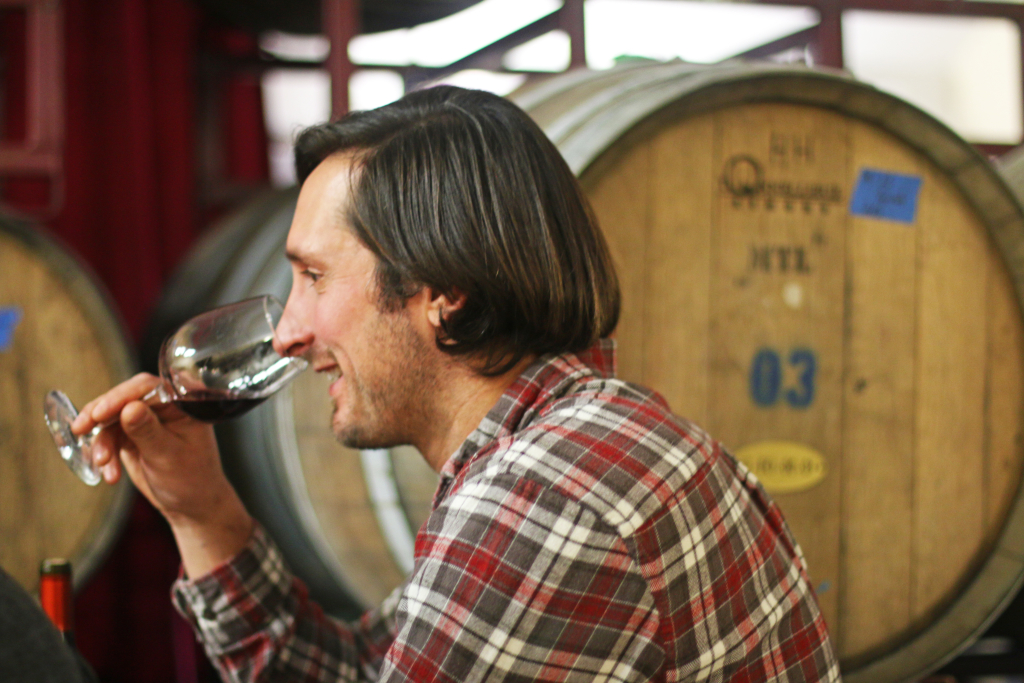

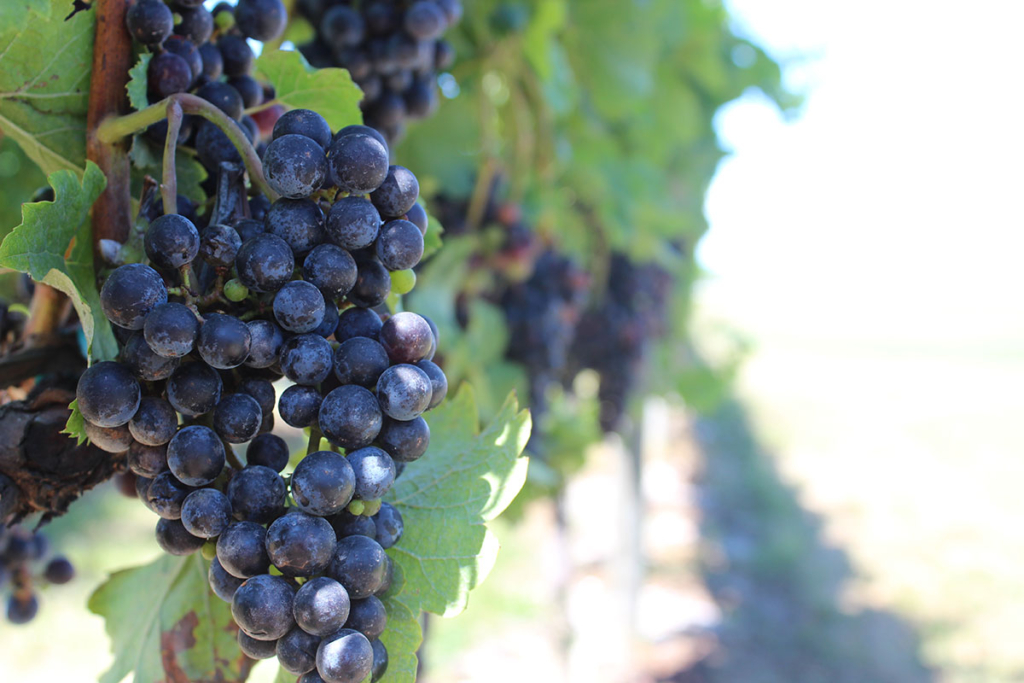
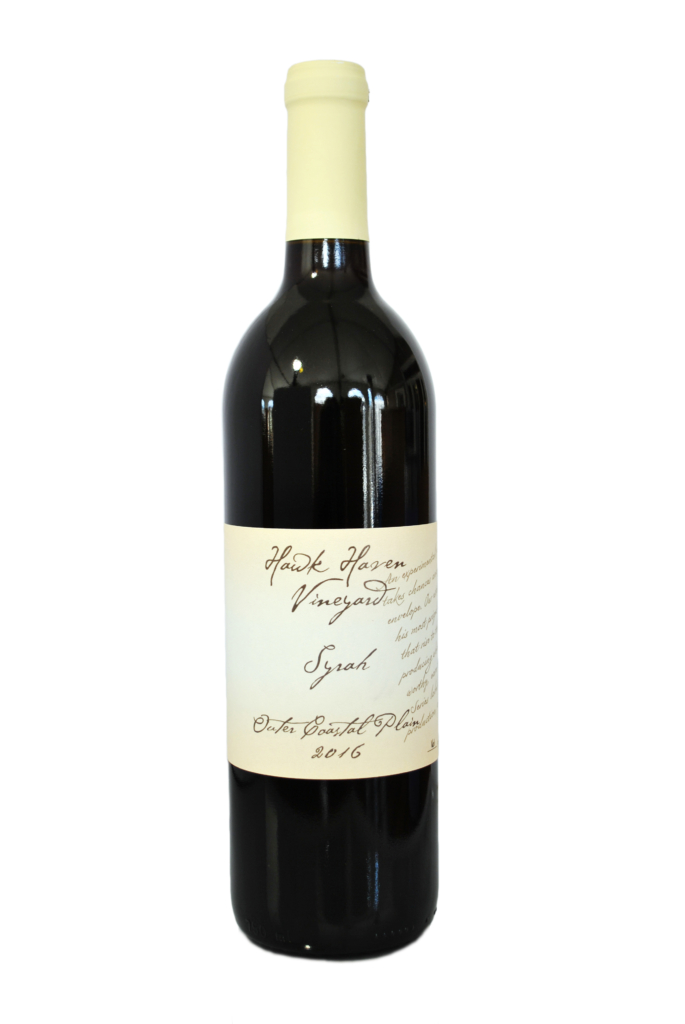
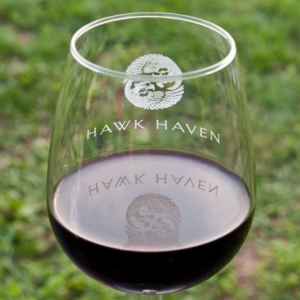
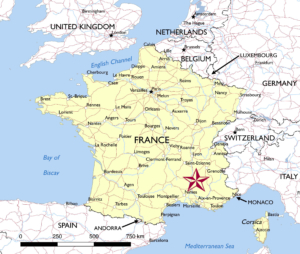 Rhone Valley region of Southern France. It is among the top 10 most grown grapes in the world, and its higher acidity makes it a great wine for aging. A lot of people have asked us what is the difference between Syrah and Shiraz, and the answer is: there’s no difference! Shiraz wines are typically from Australia and although flavor profiles may differ as they do in different regions, it’s the same exact grape varietal as Syrah.
Rhone Valley region of Southern France. It is among the top 10 most grown grapes in the world, and its higher acidity makes it a great wine for aging. A lot of people have asked us what is the difference between Syrah and Shiraz, and the answer is: there’s no difference! Shiraz wines are typically from Australia and although flavor profiles may differ as they do in different regions, it’s the same exact grape varietal as Syrah.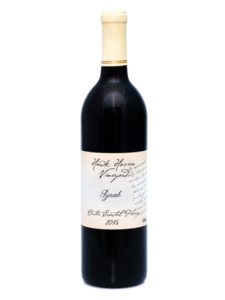 When making this wine, Winemaker Todd used the skins of another Rhone varietal, Viognier, to round out the body and lend some nice floral notes to the nose. These then give way to the spicy pepper, mineral, and dark fruit aromas we expect from a well-made Syrah. On the palate, this medium-plus bodied wine offers generous minerality and notes of blackberry and fresh peppercorns, with smooth tannins lingering on the finish.
When making this wine, Winemaker Todd used the skins of another Rhone varietal, Viognier, to round out the body and lend some nice floral notes to the nose. These then give way to the spicy pepper, mineral, and dark fruit aromas we expect from a well-made Syrah. On the palate, this medium-plus bodied wine offers generous minerality and notes of blackberry and fresh peppercorns, with smooth tannins lingering on the finish.
